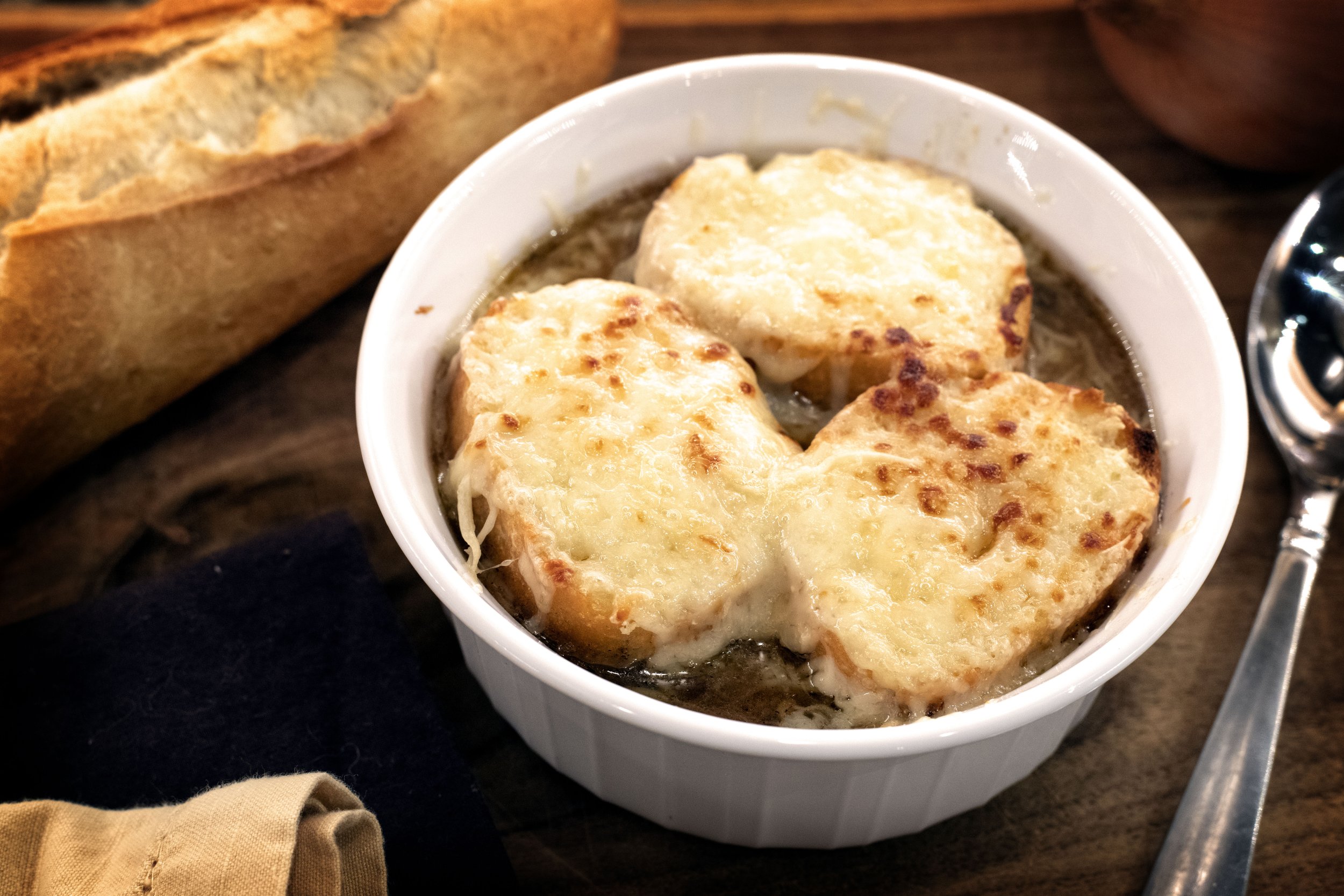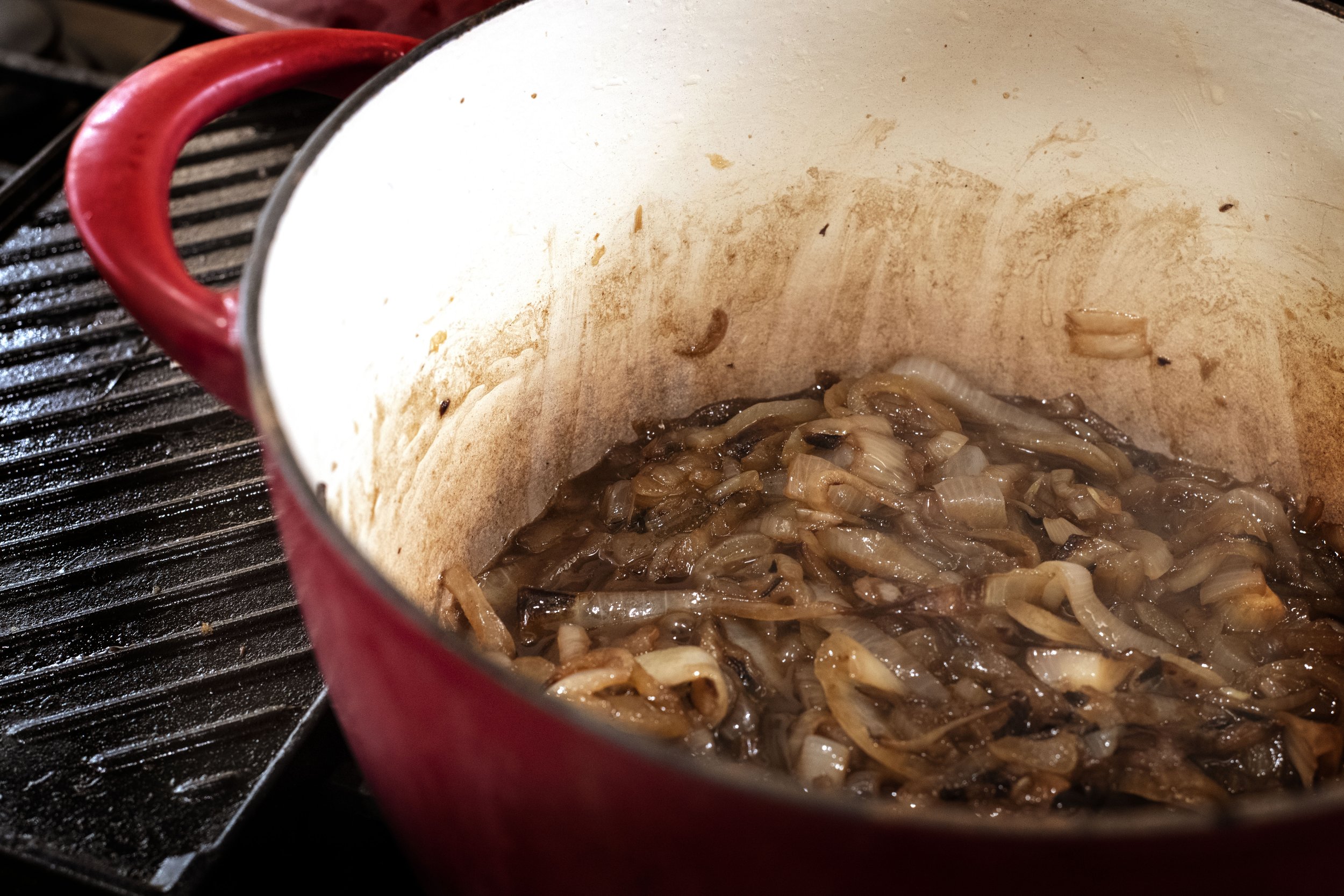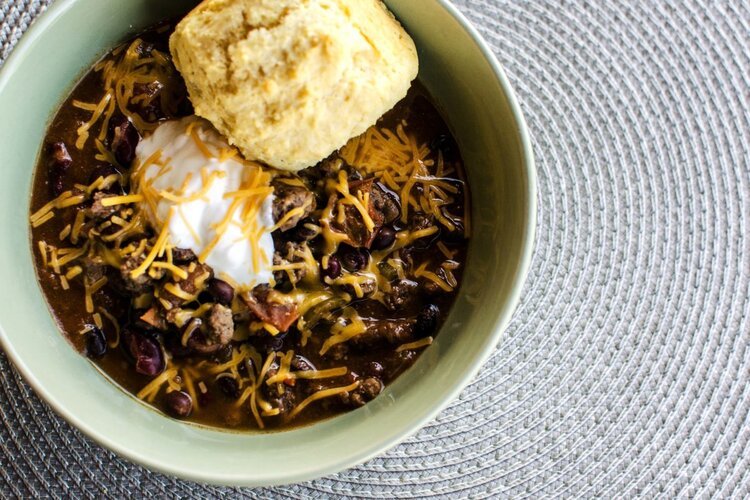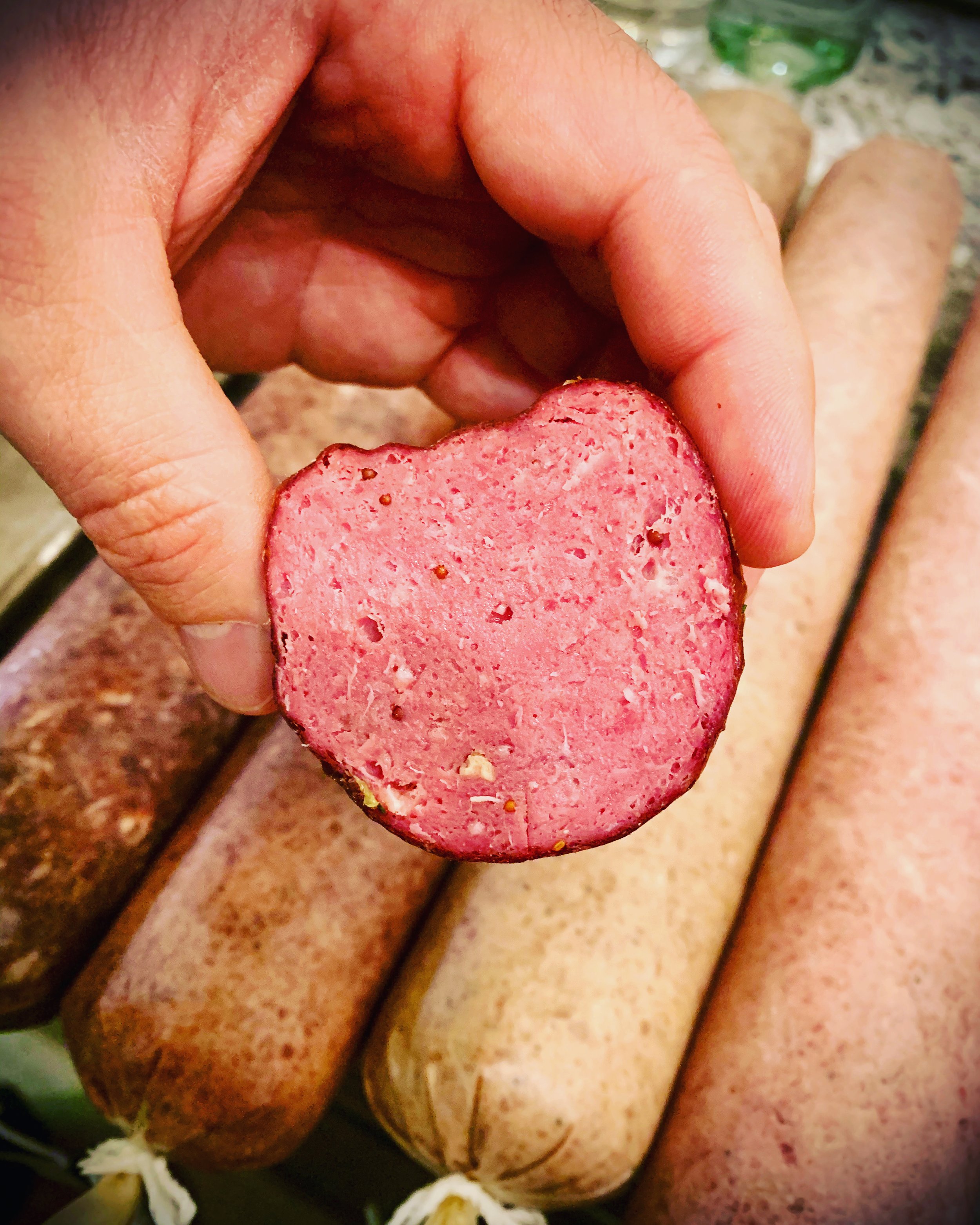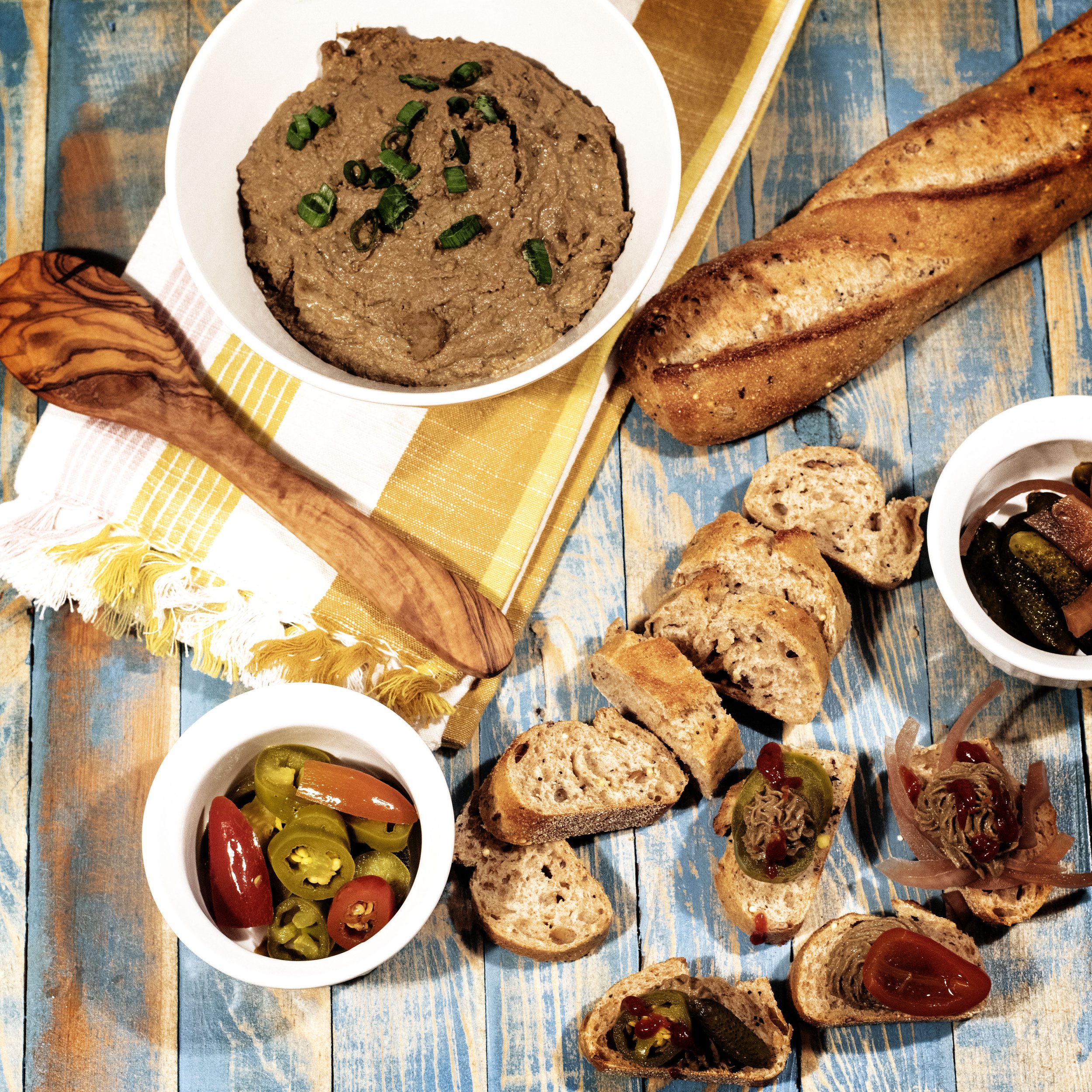This coffee crusted elk backstrap steak is a meal to write home about. The steak is crusted in an acidic and rustic dry rub of coffee and mushrooms and then drizzled with a rich stout glaze. The shoestring onions add a crunchy balance against the juicy elk backstrap steak.
The recipe was originally featured on Harvesting Nature, and a link to that recipe can be found here: Harvesting Nature Coffee Crusted Steak.
I have included a recipe card here as well! Enjoy!

Coffee Crusted Elk Backstrap Steak
Ingredients
- 2 onions, thinly sliced
- 2 cups buttermilk
- 1 cup flour
- Tablespoon salt
- ½ Tablespoon cayenne
- Black pepper to taste
- 3 cups frying oil (vegetable, avocado, canola)
- 2 Tablespoons butter
- 1 medium shallot, minced
- 12oz stout beer
- 2 Tablespoons honey
- 1 Tablespoon molasses
- 1 Tablespoon Worcestershire sauce
- 4 elk backstrap steaks, about 2 inches thick each
- 2 ounces dried porcini mushrooms
- 2 ounces ground coffee
- 1 Tablespoon cocoa powder
- 1 Tablespoon cinnamon
- 1 Tablespoon salt
- 1 Tablespoon oregano
- 2 -3 Tablespoons fresh sage, minced
Instructions
- Start with preparing your fried onion shoestrings. Thinly slice the onions. If you can use a mandolin to get a fine slice that is easiest, but you can just cut thinly with a sharp knife.
- Be sure to pull the onion slices apart and submerge completely in buttermilk. Let sit for at least one hour.
- In a large ceramic Dutch oven or deep fryer, heat a couple cups of a high temperature frying oil, such as avocado, canola, or vegetable, to 375 degrees.
- In a shallow bowl, mix a cup of flour, tablespoon of salt, fresh cracked black pepper, and ½ tablespoon of cayenne.
- Shake the excess buttermilk from the onion strings and coat completely in flour mixture. Shake excess flour from onion strings and immediately add to hot oil. Work in small batches to keep the oil temperature from dropping.
- Fry the onion shoestrings for one to two minutes, until the onions are a golden brown. Keep the onions separated from each other for optimal crispiness.
- Remove onion batch from oil and place on paper-towels to drain some of the oil off. Repeat with rest of onions.
- In a medium saucepan over medium low heat, add two tablespoons of butter. Once the butter is melted add a finely diced medium sized shallot. Cook for five minutes, until the shallot is soft.
- Add a bottle of stout beer, two tablespoons of honey, a tablespoon of molasses, and a tablespoon of Worcestershire sauce. Allow the mixture to simmer and reduce the liquid down by half, which should take fifteen to twenty minutes.
- Cut your wild game backstrap into two-inch-thick steaks. Let the steaks sit out at room temperature for about thirty minutes before cooking.
- While the steaks are coming to room temperature, prepare the coffee coating. In a spice blender or coffee grinder, mince up the one ounce of dried porcini mushrooms.
- Add the ground porcini mushrooms to a bowl along with 2 ounces of ground coffee, one tablespoon of cocoa powder, 1 tablespoon of cinnamon, a tablespoon of salt, and the dried oregano. Mix everything together.
- Coat the wild game back strap steaks completely in the coffee and mushroom mixture.
- Heat a large cast iron pan over medium high heat. Once the pan is heated, about two minutes, add the steaks to the hot pan.
- For a medium rare steak, cook the steak for six to seven minutes per side to an internal temperature of 145 degrees Fahrenheit.
- Let the steaks rest for five minutes before serving. To plate, pile a heaping serving of fried onion shoestrings on top of the coffee and mushroom crusted steak. Drizzle with the stout sauce and top with minced fresh sage.


